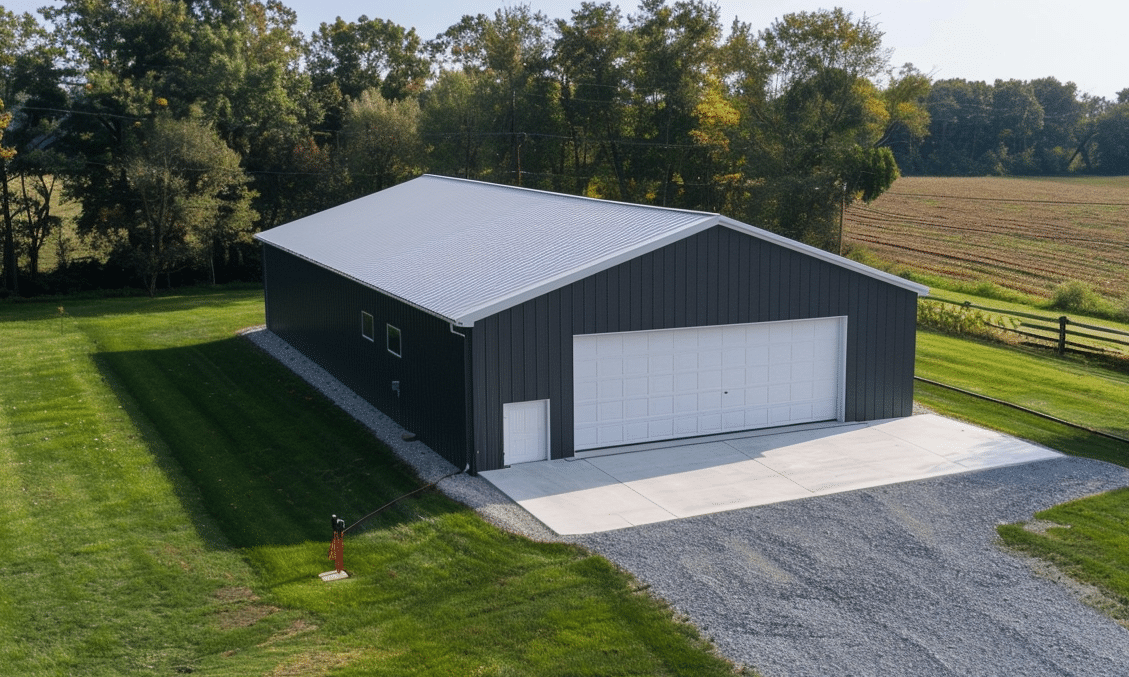In the ever-evolving landscape of commercial construction, one phenomenon has caught the attention of industry insiders and observers alike: the sweeping influence of technology. Whether you are an architect envisioning futuristic skylines or a contractor laying the groundwork for new urban centers, technology’s handprint is unmistakable. Have you ever wondered how tech is reshaping the world of commercial construction? Let’s delve into the multifaceted impact it’s having today.
The Role of Digital Tools in Modern Construction
Technology in commercial construction is not just an advantage—it is a necessity. In a world where data reigns supreme, digital tools have become the architects and builders’ new best friends. The ability to transform abstract concepts into interactive simulations with Building Information Modeling (BIM) has revolutionized planning and development. With drones capturing detailed site surveys, and 3D printing creating complex components, projects rise faster and with more precision than ever before.
These innovations are not just about flash and spectacle; they drive real, practical benefits. Quality control is enhanced, costs are trimmed, and timelines are adhered to—a trifecta every project manager dreams of. As these digital tools evolve, they continually sharpen the industry’s competitive edge.
Embracing Data Analytics in Construction
Imagine a construction world where intuition is replaced by informed, data-driven decision-making in construction. In modern commercial construction, this is no longer a hypothetical scenario. Data analytics enable teams to anticipate challenges, allocate resources more efficiently, and even forecast maintenance needs for buildings still on the drawing board.
Through analytics, vast streams of information collected during every phase of a build can be harnessed to optimize every nut and bolt that goes into a structure. This methodology not only aids in constructing iconic skyscrapers but finds its place in humble yet robust steel warehouses as well. Data isn’t just a tool; it’s the hidden backbone that guides and sustains modern construction practices.
Construction Technology: The Latest Innovations
Emerging technologies continually reshape what we thought possible within commercial construction. The use of artificial intelligence in project management streamlines operations, while machine learning models help predict and mitigate risks. Meanwhile, augmented reality offers on-site personnel an interactive way to align the virtual blueprints with physical progress, ensuring precision and efficiency. To keep pace with these advances, builders and contractors are increasingly reliant on Construction Technology for insights and guidance.
The adoption of smart construction sites, where interconnected devices monitor workflow and safety, stands testament to the industry’s future-ready mentality. These innovations do not just speed up processes; they ensure that our growing appetite for space and infrastructure is sustainable, efficient, and intelligent.

The Growing Popularity of Steel in Commercial Projects
Steel has long been the cornerstone of construction, valued for its durability and flexibility. However, with the advent of technology, steel structures have morphed into even more significant contributors to the commercial landscape. The integration of tech has brought about a modern renaissance of steel, highlighted by innovations in smart steel buildings equipped with energy-efficient systems.
Consider commercial steel buildings—a domain where technology plays a critical role. These structures are now designed with sensors and IoT devices to monitor everything from structural integrity to energy consumption. The result? A smarter, more sustainable building that adapts to its environment and needs.
How Technology Enhances Steel Building Design
One might liken the marriage of steel and technology to the synergy of a well-conducted orchestra, where every section works in harmony. Advanced computational modeling allows architects and engineers to push the limits of what steel can achieve, creating structures both innovative and environmentally friendly.
Steel garages and industrial sites benefit immensely from technological advancements. For instance, digital fabrication enables the customization of components, reducing waste and improving compatibility with other building systems. This creates a seamless blend of robust physical structures imbued with the finesse of cutting-edge technology.

The Future Outlook of Technology in Commercial Construction
As we progress, the influence of technology in commercial construction will only expand, with the potential to reshape cityscapes and redefine what is possible. The focus will remain on increasing automation, sustainable practices, and enhancing efficiency without compromising on quality.
Smart cities are on the horizon, their blueprints dotted with tech-imbued infrastructure. With companies like Your Building Team paving the way, we are witnessing a transformation that promises to revolutionize more than just the construction process—it’s a metamorphosis of the way we live and interact with our built environment.
A Conclusion: Embracing Change
Technology continues to redefine the boundaries of commercial construction, making yesterday’s dreams today’s realities. Embracing this change isn’t just an option—it’s an imperative. For those who march to the beat of technology’s drum, the possibilities are endless. Those who stand on the sidelines risk becoming relics of a bygone era.
To stay at the forefront of innovation in commercial construction, stakeholders must remain adaptable, open to integrating new technologies and methodologies that consistently evolve. As we build towards the future, the structures we leave behind—intelligent, sustainable, and efficient—will showcase our collective commitment to excellence, driven by the unyielding force of technology.










